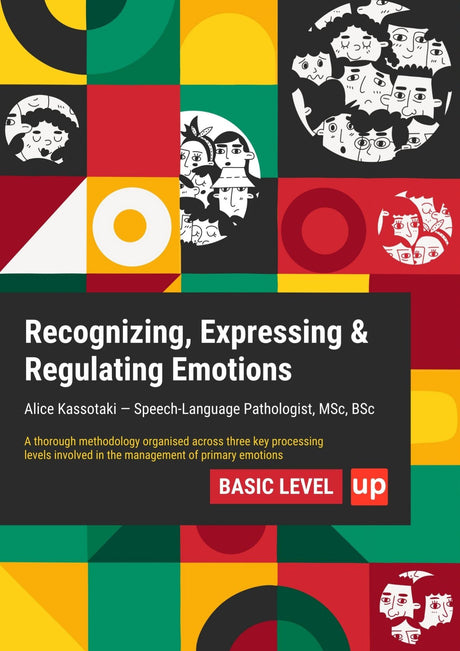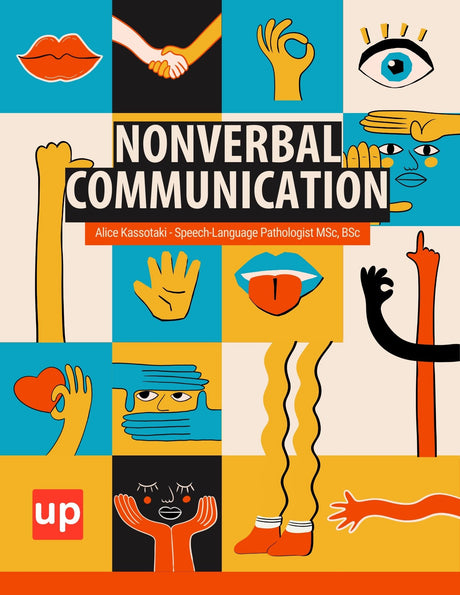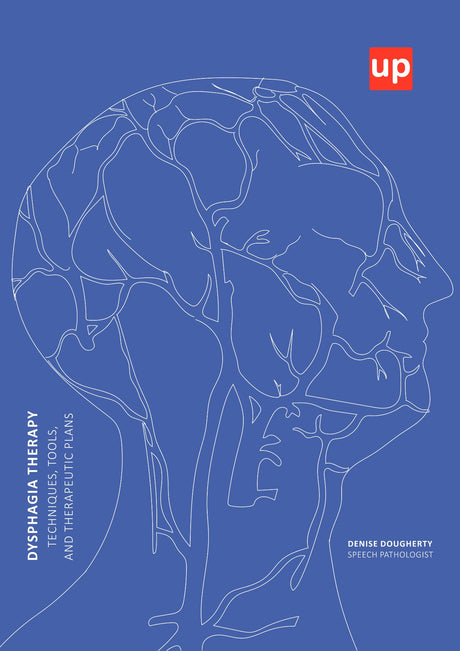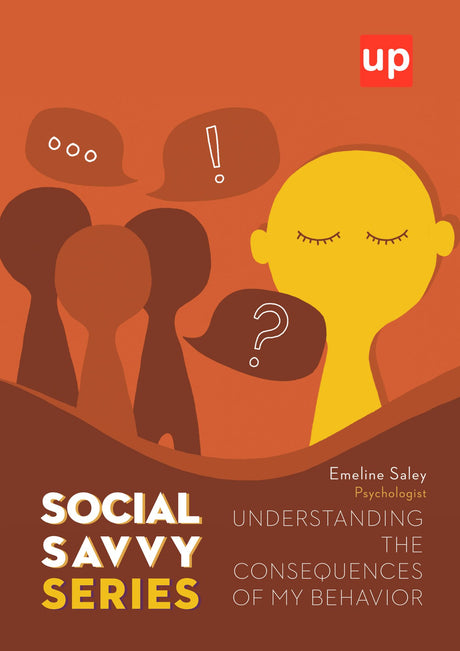Top 10 Activities to Boost Gross Motor Skills in Children
Gross motor skills and large motor skills, involve the body’s major muscles and are essential for a child’s physical growth. They include activities like walking, running, and jumping, which are key for mobility and independence. This article will discuss why these skills matter, key milestones, and activities to enhance them in children.
Key Takeaways
- Gross motor skills, involving large muscle movements, are essential for children’s mobility, independence, and overall physical growth.
- Developmental milestones for gross motor skills vary by age, with significant progress observed during infancy, toddler, and preschool years.
- Engaging in both indoor and outdoor activities, as well as structured sports, enhances gross motor skill development and contributes to children’s physical, cognitive, and social development.
Understanding Gross Motor Skills

Gross motor skills involve significant movements executed by large muscles, including the arms, legs, and torso. These skills encompass physical actions that involve the use of the body’s major muscle groups, requiring coordination and the functioning of skeletal muscles, bones, and nerves. As children grow, their gross motor skills develop in a sequence, starting with basic movements and advancing to more complex activities. The development of gross motor skill is essential for overall physical growth.
These skills are vital for mobility and independence, allowing children to perform everyday activities like walking, running, and jumping, which are foundational for their physical growth.
These skills play a pivotal role in a child’s overall growth and development.
Large Muscle Groups in Action
Gross motor skills rely on the torso, legs, and arms. Core muscles support movements like bending, twisting, and maintaining balance, which are crucial for standing, walking, and running—key activities for a child’s mobility and independence.
Legs and arms are also critical. Running needs strong leg muscles, while throwing a ball involves arm strength and coordination. Activities like climbing and balancing engage various muscle groups, enhancing overall physical abilities.
Key Examples of Gross Motor Skills
Everyday gross motor skills encompass actions like standing, jumping, and riding a bike. These activities require coordination, balance, and strength, which are developed through consistent practice and play. For example, throwing and catching a ball are notable gross motor skills examples that require timing and hand-eye coordination.
As children grow, they engage in more complex activities like climbing, swimming, and playing catch. These fun activities are crucial for gross motor development, boosting confidence in their physical abilities.
Developmental Milestones for Gross Motor Skills

Gross motor skills develop in a sequence: crawling, walking, running. Recognizing these milestones helps track a child’s progress and identify potential delays, influencing physical, cognitive, and social development.
Let’s delve into the specific milestones across different age groups.
Infant Milestones: Laying the Foundation
In the first few months, infants start lifting their heads and pushing up during tummy time, crucial for neck and shoulder strength. By six months, most can roll over, showing developing coordination and strength.
By the end of the first year, infants achieve milestones like sitting up without support and starting to crawl. These foundational skills pave the way for future gross motor activities.
Toddler Milestones: Gaining Independence
During toddler years, children show greater independence with milestones like walking around 12-15 months and climbing by 18 months. These milestones boost confidence and independence.
By age two, toddlers can often climb furniture and navigate stairs with assistance. At three, they start riding tricycles, showing improved coordination and balance.
Activities like running, jumping, and throwing illustrate the range of gross motor skills developed during this stage.
Preschool Milestones: Refining Skills
During preschool years, children refine gross motor skills, achieving more complex milestones. By age four, many can hop on one foot, reflecting enhanced balance and control, often practiced through hopping games and balance exercises.
Preschoolers can balance on one foot for a short period and ride a tricycle with greater confidence. By age 4-5, they often walk along a balance beam and show improved coordination in various activities.
These milestones prepare children for more structured physical activities and sports.
Importance of Gross Motor Skills in Child Development

Gross motor skills enhance a child’s gross motor development and ability to engage in physical activities, influencing their overall development, including physical, cognitive, and social growth, while supporting gross motor skill development. Gross motor skills important for a child’s growth are essential in this process.
Let’s explore the specific benefits of developing gross motor skills.
Physical Health and Strength
Developing gross motor skills influences a child’s overall growth, physical health, and fitness. Engaging in gross motor activities builds muscle strength and coordination. Climbing and running outdoors significantly improve motor abilities, contributing to cardiovascular health and preventing obesity.
Indoor activities like yoga and dance improve flexibility and body awareness, enhancing coordination and balance, which are crucial for gross motor skill development.
Engaging in these activities helps children develop a healthy, active lifestyle, promoting lifelong health habits.
Cognitive and Social Benefits
Developing gross motor skills enhances cognitive functions and social interactions. Improvements in these skills can boost memory and attention. Participating in organized sports teams lets children practice teamwork while enhancing motor planning and coordination.
Developing gross motor skills fosters social interaction through group play. Children with proficient motor skills tend to have better social interactions and emotional regulation, contributing to healthy peer relationships. These skills also boost self-esteem and confidence.
Activities to Enhance Gross Motor Skills

Choosing age-appropriate challenges effectively engages children in gross motor activities. Encouraging activities requiring coordination helps improve gross motor skills.
Let’s explore some specific activities that can enhance your child’s gross motor skills.
Outdoor Play
Outdoor play encourages physical activities that develop gross motor skills, promoting overall physical health. Climbing, sliding, and swinging on playground equipment enhance strength, coordination, and balance. Running builds endurance and develops gross muscle groups.
Ball games like basketball or soccer improve hand-eye coordination, timing, and agility, reinforcing gross motor skills and ball skills. Playground equipment and various outdoor activities offer ample opportunities to practice and refine these skills.
Indoor Exercises
Setting up an indoor obstacle course lets children practice gross motor skills in a fun environment. Activities like hopscotch and animal walks foster these skills indoors, enhancing physical abilities and contributing to confidence and enjoyment of movement.
Indoor exercises like dancing, obstacle courses, and yoga significantly improve gross motor skills. These activities promote body awareness and improve rhythm, flexibility, and balance.
Structured Sports and Classes
Participating in organized sports teams enhances motor planning and coordination through structured competition and physical activities. These activities also foster teamwork and communication skills, crucial for social development.
Outdoor activities like using sidewalk chalk to create balance beams and hopscotch enhance coordination and balance. Structured sports and classes offer a supportive environment to practice and refine gross motor skills while having fun and building social connections.
Recognizing and Addressing gross Motor Skill Difficulties

Children with gross motor challenges may struggle with coordination and achieving physical milestones. Parents and caregivers should offer encouragement and support to help children navigate these gross motor skill difficulties.
Let’s explore the signs of developmental coordination disorder and strategies for support.
Signs of Developmental Coordination Disorder
Signs of developmental coordination disorder include delayed motor skill achievement, stiffness, and lack of fluidity in physical activities. Children may struggle with activities like hopping, running, and playing ball games, significantly affecting mobility and daily activities.
Children with developmental coordination disorder often exhibit clumsiness or difficulty coordinating movements compared to peers. Early recognition helps parents and caregivers seek appropriate interventions.
Strategies for Support
To aid children with gross motor difficulties, break down tasks into simpler steps and gradually combine them. Positive reinforcement motivates practice and skill development. Tailored activities and consistent practice significantly improve gross motor skills over time.
Involving children in fun, engaging activities that promote movement helps them overcome challenges. A supportive and encouraging environment builds confidence and improves physical abilities.
Role of Physical Therapy in child's gross Motor Development
Physical therapy helps children improve gross motor skills, especially when developmental delays are identified. Therapists use techniques like targeted exercises and playful activities to promote development.
Let’s explore when to consider physical therapy and how therapists help.
When to Consider Physical Therapy
Persistent difficulty with age-appropriate gross motor milestones can signal the need for physical therapy. Poor endurance or avoidance of physical activities may indicate the need for intervention. Consulting a pediatrician or specialist can determine if physical therapy is necessary.
Physical therapy benefits children struggling to develop essential motor skills. Early intervention helps build strength, coordination, and confidence needed for everyday activities and play.
How Therapists Help
Therapists use tailored exercises to promote strength, endurance, and body awareness, supporting gross motor skill development. These exercises target specific needs and are often integrated into playful activities to keep children engaged.
Activities like obstacle courses integrate various gross motor skills into a cohesive learning experience. By focusing on foundational abilities like balance and coordination, therapists enhance a child’s gross motor skills and overall physical development.
Books for Fine Motor Skills from Upbility
Books are a fantastic resource to support children's motor skill development. Upbility offers a range of books specifically designed to enhance both gross and fine motor skills. These books provide engaging activities, exercises, and strategies that are tailored to different age groups and developmental stages.
For gross motor skills, Upbility's books often include activities that focus on balance, coordination, and strength. These might involve exercises like hopping, skipping, and jumping, which are crucial for developing a child's gross motor abilities. The books also emphasize the importance of play and physical activity, encouraging children to engage in fun exercises that promote their physical health and growth.
In addition to gross motor skills, Upbility's collection includes resources for fine motor skills development. These books offer activities that improve hand-eye coordination, dexterity, and precision. Activities such as drawing, cutting, and manipulating small objects help children refine their fine motor skills, which are essential for tasks like writing and buttoning clothes.
Overall, Upbility's books serve as a valuable tool for parents, educators, and therapists aiming to support a child's motor skill development. By incorporating these resources into everyday activities, children can enhance their motor skills in a fun and educational way, paving the path for successful growth and development.
Summary
Developing gross motor skills is essential for a child’s overall growth and development. These skills not only enhance physical health and strength but also contribute to cognitive and social benefits. Engaging children in a variety of activities, both indoors and outdoors, can significantly improve their gross motor skills and boost their confidence in their physical abilities.
Recognizing and addressing any difficulties early on, with the help of physical therapy if needed, can ensure that every child reaches their full potential. As parents and caregivers, providing support, encouragement, and ample opportunities for movement will pave the way for a healthy, active, and fulfilling childhood.
Frequently Asked Questions
What are gross motor skills?
Gross motor skills are crucial for activities involving large muscle groups, such as walking, running, and jumping, as they facilitate significant movements of the arms, legs, and torso. Developing these skills is essential for overall physical coordination and mobility.
What are some key milestones for gross motor skills in infants?
Key milestones for gross motor skills in infants include lifting their heads, rolling over, and sitting up without support; these foundational skills are crucial for further development of advanced movements.
How can outdoor play enhance a child's gross motor skills?
Outdoor play activities such as climbing, running, and playing ball enhance a child's gross motor skills by developing their strength, coordination, and balance. Engaging in these physical activities is essential for their overall motor development.
What are the signs of developmental coordination disorder?
The signs of developmental coordination disorder include delayed motor skill development, stiff movements, and a noticeable lack of fluidity in physical activities, often leading to clumsiness compared to peers. These indicators highlight the challenges in coordination faced by affected children.
When should physical therapy be considered for a child?
Physical therapy should be considered for a child if they exhibit ongoing challenges with age-appropriate gross motor milestones, low endurance, or a tendency to avoid physical activities. Early intervention can be crucial for improving essential motor skills.
Original content from the Upbility writing team. Reproduction of this article, in whole or in part, without attribution to the publisher is prohibited.
References
- Virginia Commonwealth University
- Upbility
- American Academy of Pediatrics
- Centers for Disease Control and Prevention (CDC)
- World Health Organization (WHO)
- Harvard University
- National Association for Sport and Physical Education (NASPE)
- Child Development Institute
- Mayo Clinic
- Journal of Physical Education and Sport









